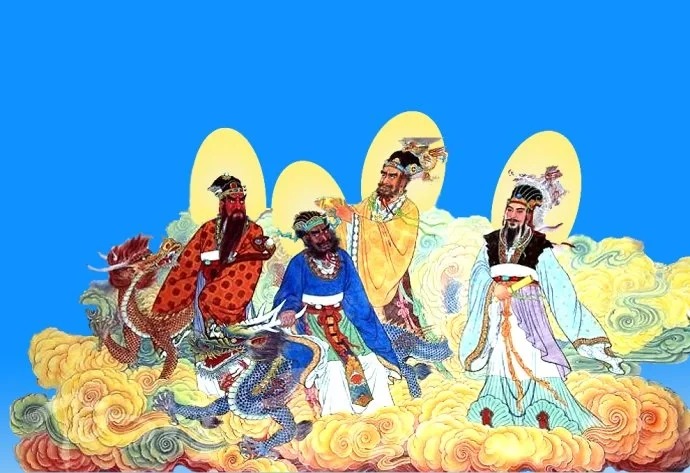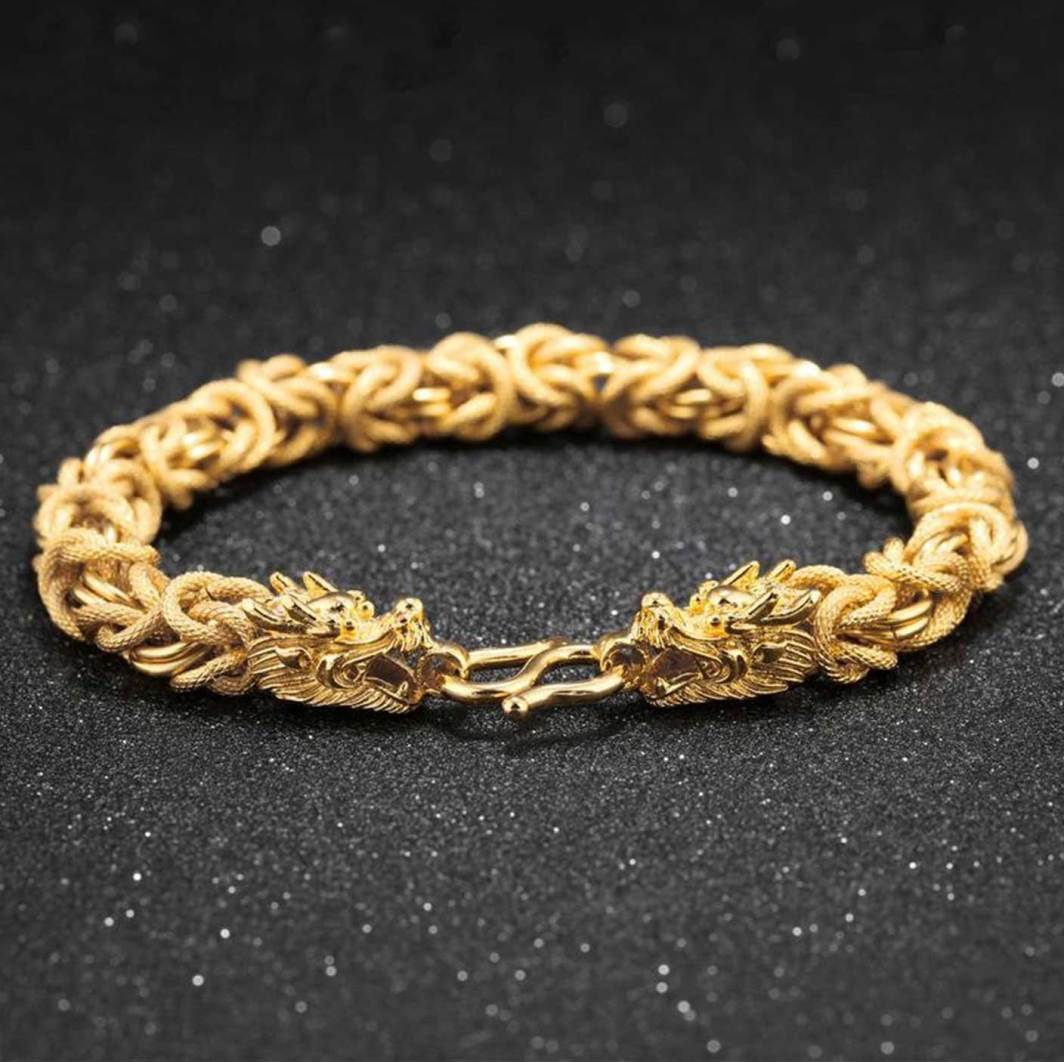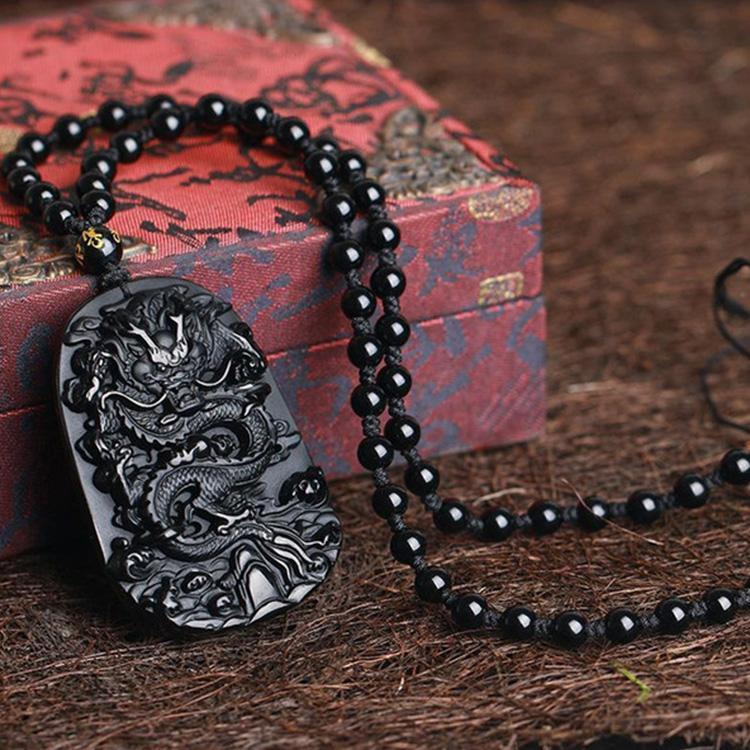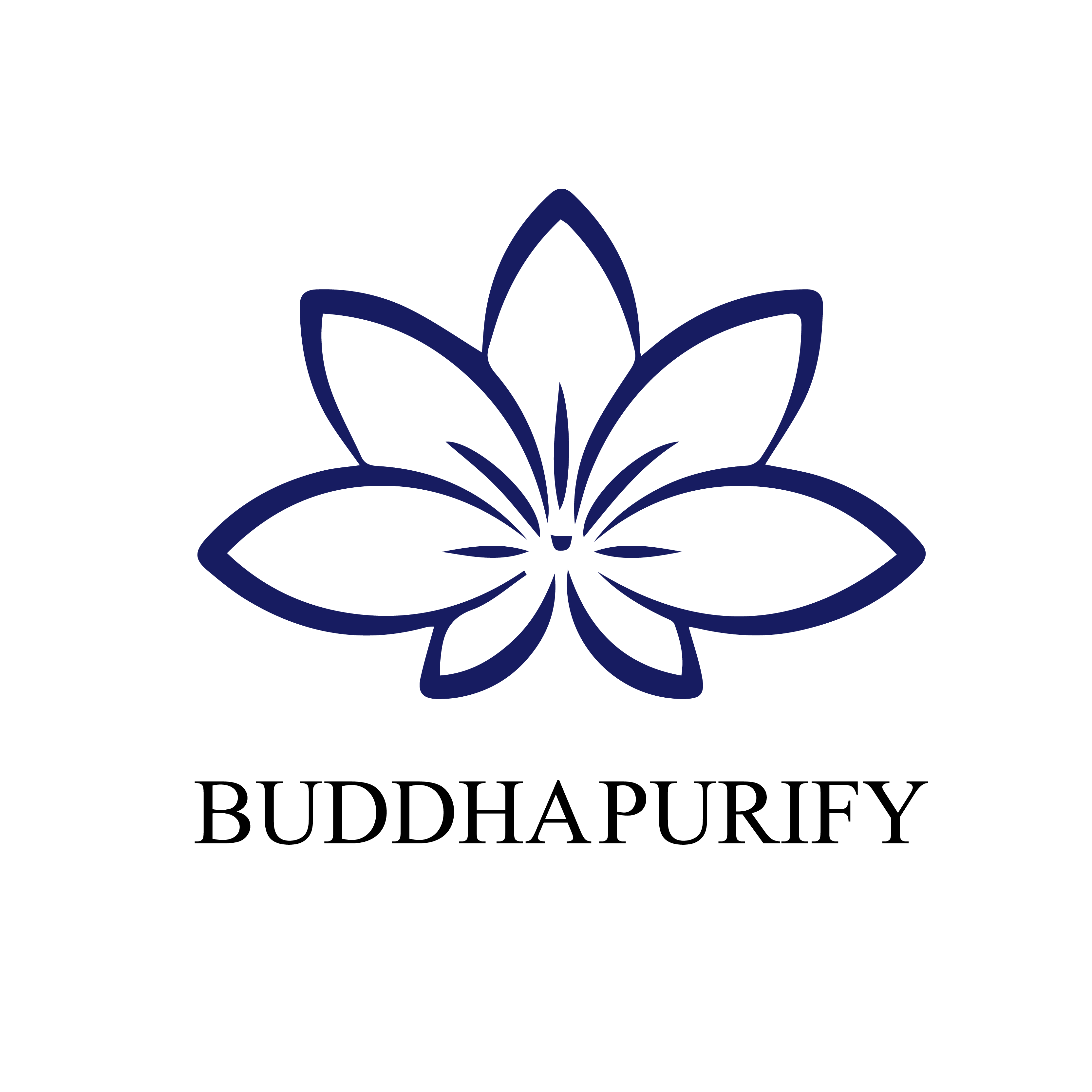The Four Dragon Kings: Deities of Rain and the Seas
The Four Dragon Kings of the Seas
The Four Dragon Kings (Sìhǎi Lóngwáng) are revered deities in Chinese folklore, representing the Dragon Kings of the East Sea, South Sea, West Sea, and North Sea. These gods are collectively known as the Four Dragon Kings. The belief in Dragon Kings has ancient origins, spreading widely across China over time. Early dragon gods were primarily associated with rainmaking but had no territorial responsibilities. During the Han dynasty, for instance, when people prayed for rain, they would offer sacrifices to the Earth Dragon.
The Dragon King is a dragon deity that governs the oceans and controls the climate, including wind and rain. In Qu Yuan’s works, such as Chu Ci and Nine Songs, there are references to ancient dragon gods with descriptions of their attributes. Dragons are mythical creatures formed by combining nine different animals, possessing the ability to traverse both the heavens and the seas, as well as control the wind and rain. Therefore, dragons are considered the most powerful of mythical beasts and are symbols of the unification of the Chinese people. Emperors throughout history have regarded dragons as symbols of kingship, bestowing the title of "king" on dragons to ensure favorable weather and the prosperity of the nation.
As gods of the seas, the Four Dragon Kings hold a unique position among deities, maintaining a large degree of autonomy, as celestial powers generally allow them to manage their affairs independently. The Dragon Kings have numerous offspring who reside in the earthly realm.
Mythology
The Dragon King is one of the deities worshipped in Chinese folk belief, a fusion of Buddhist dragon kings and the ancient Chinese dragon god and sea god worship traditions. Influenced by Chinese culture, Japan also adopted the worship of Dragon Kings. The Dragon King is believed to have dominion over the creatures of the ocean and to control the wind and rain on earth. As a result, people in regions prone to floods and droughts often worship the Dragon King. The Four Dragon Kings rule over the four seas, while lesser Dragon Kings inhabit various bodies of water. Dragon Kings are often depicted with human bodies and dragon heads.
In ancient times, people associated the Dragon King primarily with rainfall. When there were droughts or floods, the people believed the Dragon King was punishing them. Thus, the Dragon King was viewed as a stern and somewhat fearsome deity. In regions of eastern China, where floods and droughts were common, people built temples dedicated to the Dragon King, often featuring a single Dragon King statue. The sea dragon god also assists Mazu in overseeing ocean life and is regarded as the protector of fishermen.
Information on the Dragon Kings
The Four Dragon Kings are the gods who govern the four major seas of China:
- Ao Guang, the Dragon King of the East Sea
- Ao Qin, the Dragon King of the South Sea
- Ao Run, the Dragon King of the West Sea
- Ao Shun, the Dragon King of the North Sea
The Dragon King of the East Sea
Ao Guang, the Dragon King of the East Sea, holds the most prestigious position among the Dragon Kings. According to the I Ching, the East is associated with yang energy, making it fitting that Ao Guang ranks first.
The dragon is one of the Four Divine Creatures of ancient Chinese mythology.
Ao Guang is represented as the Azure Dragon, controlling rain, thunder, floods, and ocean tides.
His offspring include:
- Third Prince Ao Bing (killed by Nezha)
- Fifth Prince Ao Luan
- Daughter Shancai Longnü (who serves Guanyin)
The Dragon King of the South Sea
Ao Qin, the Dragon King of the South Sea, is the second Dragon King, governing the southern sea, associated with fire, which is represented by the color red.
Ao Qin is depicted as the Red Dragon, controlling fire-related phenomena such as wildfires, human incendiary fires, and lightning.
The Dragon King of the West Sea
Ao Run, the Dragon King of the West Sea, is the third Dragon King, residing in the West Sea. The West is associated with metal, symbolized by the color white, hence Ao Run is a White Dragon.
Ao Run controls air circulation, weather patterns, and cooler climates.
His offspring include:
- Eldest Prince Ao Mo'ang (captured a little turtle in Journey to the West)
- Third Prince Ao Lie (the white horse, known to many from Journey to the West)
- Little Princess Longnü (who serves Guanyin)
The Dragon King of the North Sea
Ao Shun, the Dragon King of the North Sea, is the youngest of the Four Dragon Kings. The North is associated with water and is represented by the color black, so Ao Shun is a Black Dragon.
In Journey to the West, Ao Shun summons an Ice Dragon to help cool the cauldron where Tang Sanzang was being steamed, thus saving his life.
Living in the cold northern seas, Ao Shun controls snow, hail, freezing, and frost.
Origins
The concept of the Dragon King is believed to have been introduced to China through Buddhist texts. From the Tang and Song dynasties onward, stories about dragons became more widespread in literature and folklore. Unlike the free-roaming dragons of early Chinese mythology, the Dragon Kings are specific deities who rule over particular territories. The title "Dragon King" does not refer to the ruler of all dragons but to dragons appointed as kings over specific regions. The idea of the Dragon King came from Buddhist scriptures brought to China from India. Academic research in China generally supports the idea that the Dragon King concept originated from abroad. Archaeological finds, such as images of the Dragon King on the back of statues of the Buddha, further suggest that the image of the Dragon King has ties to ancient Indian art, dating back to the 5th century.
The Nine Sons of the Dragon
According to the Yuzhi Tang Bihui, “The dragon has nine sons, each with different characteristics.”
The nine sons and their attributes are as follows:
- Qiú Niú, the eldest, loves music. Today, beasts are carved on the heads of huqin instruments in his image.
- Yá Zì, the second, enjoys combat. The dragon swallowing the sword hilt is modeled after him.
- Cháo Fēng, the third, loves risk. The beasts on the eaves of buildings are modeled after him.
- Pū Láo, the fourth, loves to roar. The knobs on bells are modeled after him.
- Bà Xià, the fifth, loves to bear heavy loads. The turtle-like figures at the base of steles are modeled after him.
- Bì Àn, the sixth, loves legal disputes. The lions above prison gates are modeled after him.
- Bī Wěn, the seventh, loves to devour. The animal heads on rooftops are modeled after him.
Different versions of the story also exist, where the nine sons have other names and attributes, such as in the Sheng’an Collection.
Emperor’s Conferral of Dragon Titles
Dragons were seen as symbols of emperors, and several emperors issued decrees conferring titles on dragons. For instance, during the reign of Emperor Xuanzong of the Tang dynasty, the Emperor established official sacrifices to the Dragon Kings. Later, in 1108, Emperor Huizong of the Song dynasty decreed that the Five Dragons should be conferred royal titles. The Qing dynasty followed suit, bestowing titles on the gods of various rivers, such as the "Water-dividing Dragon King" in 1863.
Brand Introduction: BuddhaPurify
BuddhaPurify is a brand deeply rooted in the rich heritage of Chinese traditional culture and Buddhist practices. Our mission is to offer a unique blend of ancient wisdom and modern elegance through our products, which are designed to enhance spiritual well-being, personal growth, and holistic health.
Foundation and Philosophy
Inspired by the timeless teachings of Buddhism and the profound traditions of Chinese culture, BuddhaPurify is dedicated to providing products that reflect the serene and enlightened aspects of these ancient philosophies. Our brand is built on the principles of mindfulness, purity, and spiritual harmony, aiming to bring balance and tranquility to our customers' lives.
Cultural Enrichment
We believe in the power of cultural enrichment and strive to educate and inspire our customers through the stories and meanings behind our products. Our brand seeks to bridge the gap between traditional spiritual practices and contemporary life, offering products that resonate with both ancient wisdom and modern sensibilities.
Conclusion
BuddhaPurify is more than just a brand; it is a journey into the heart of Chinese traditional culture and Buddhist spirituality. Through our thoughtfully curated products, we aim to support your quest for inner peace, spiritual growth, and a balanced life. Explore our collection and experience the harmonious blend of tradition and tranquility that defines BuddhaPurify.





